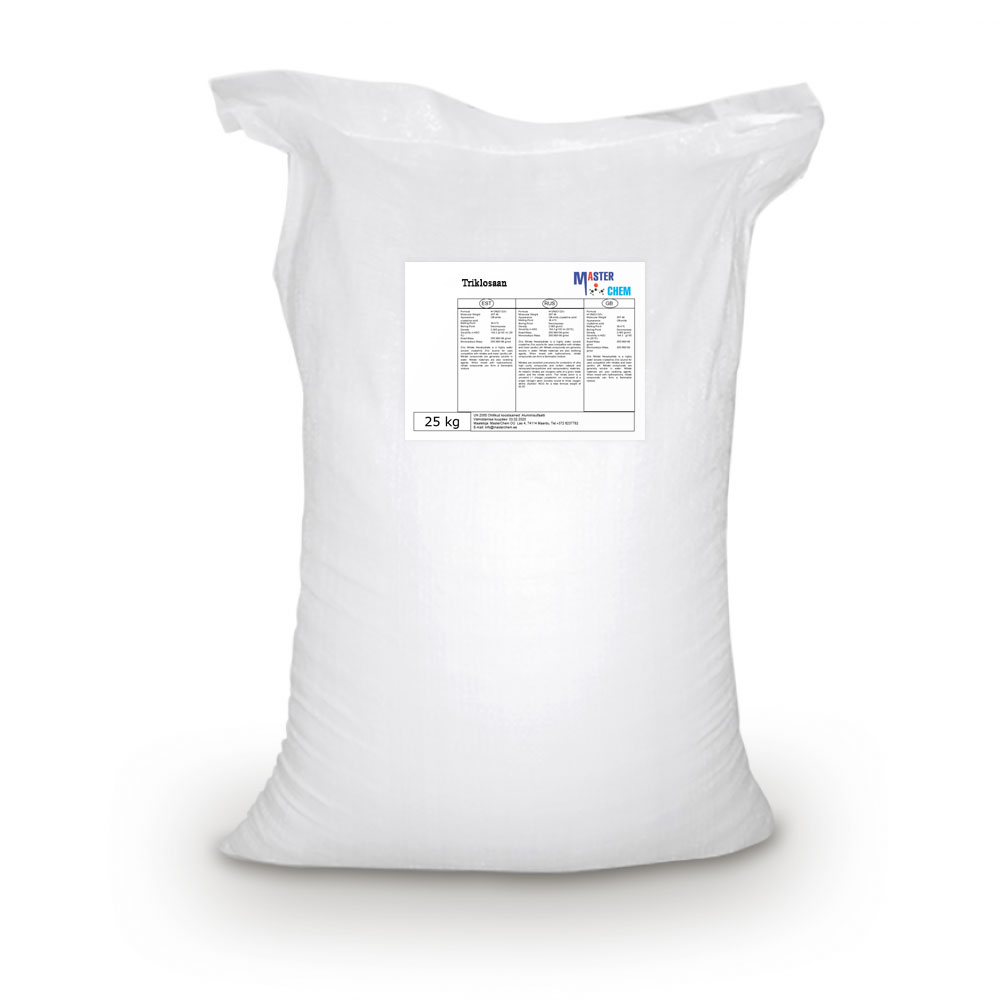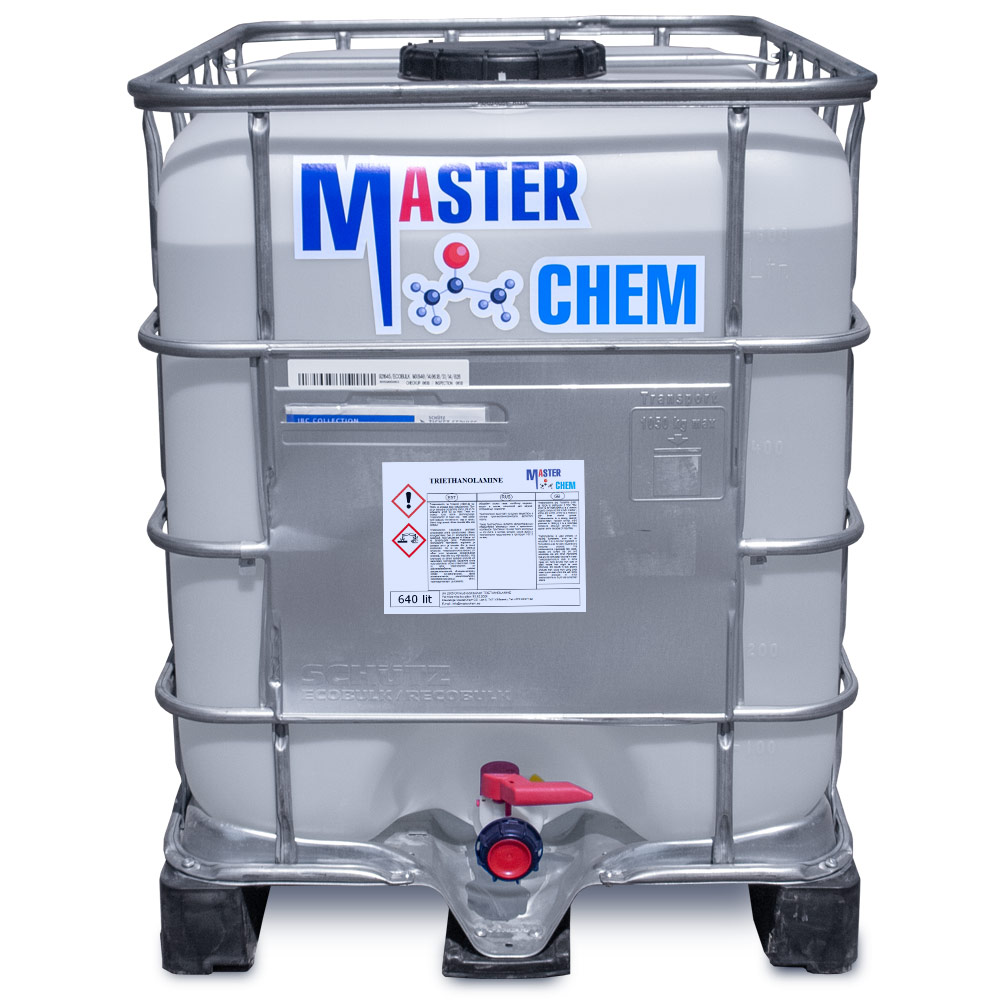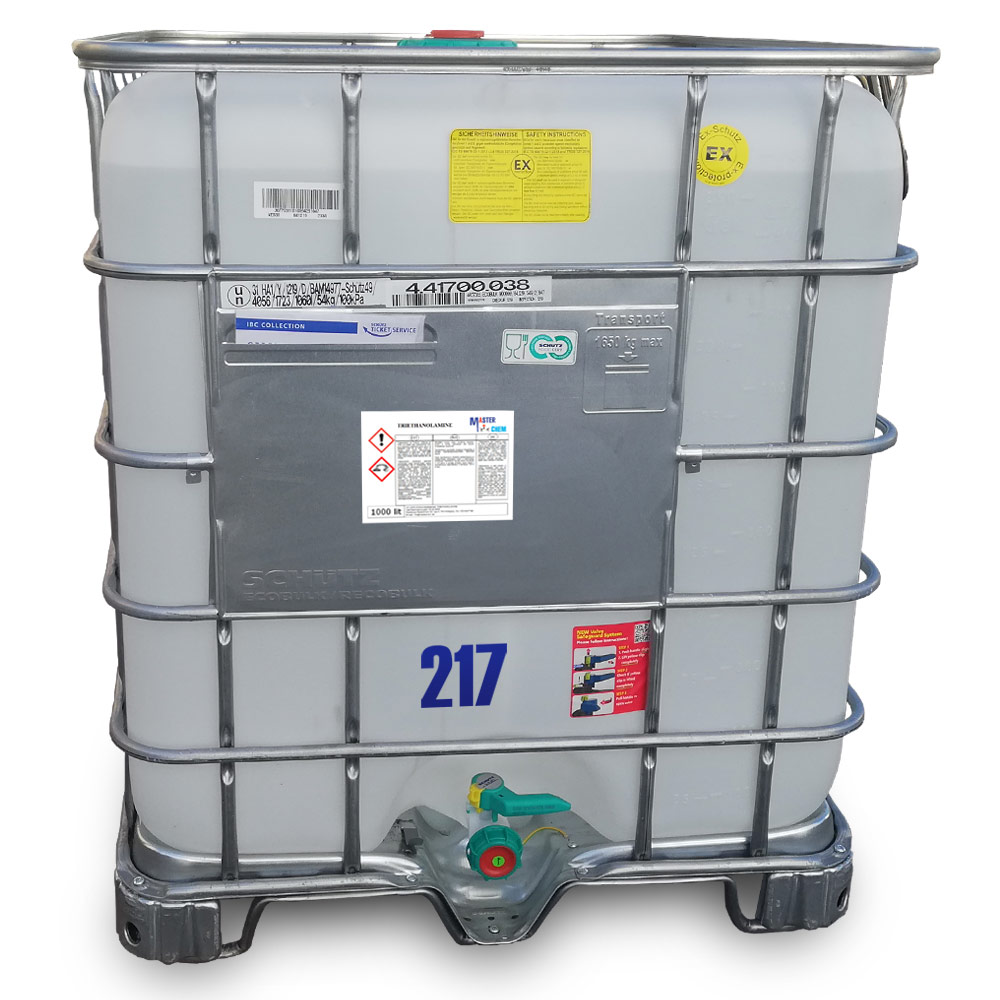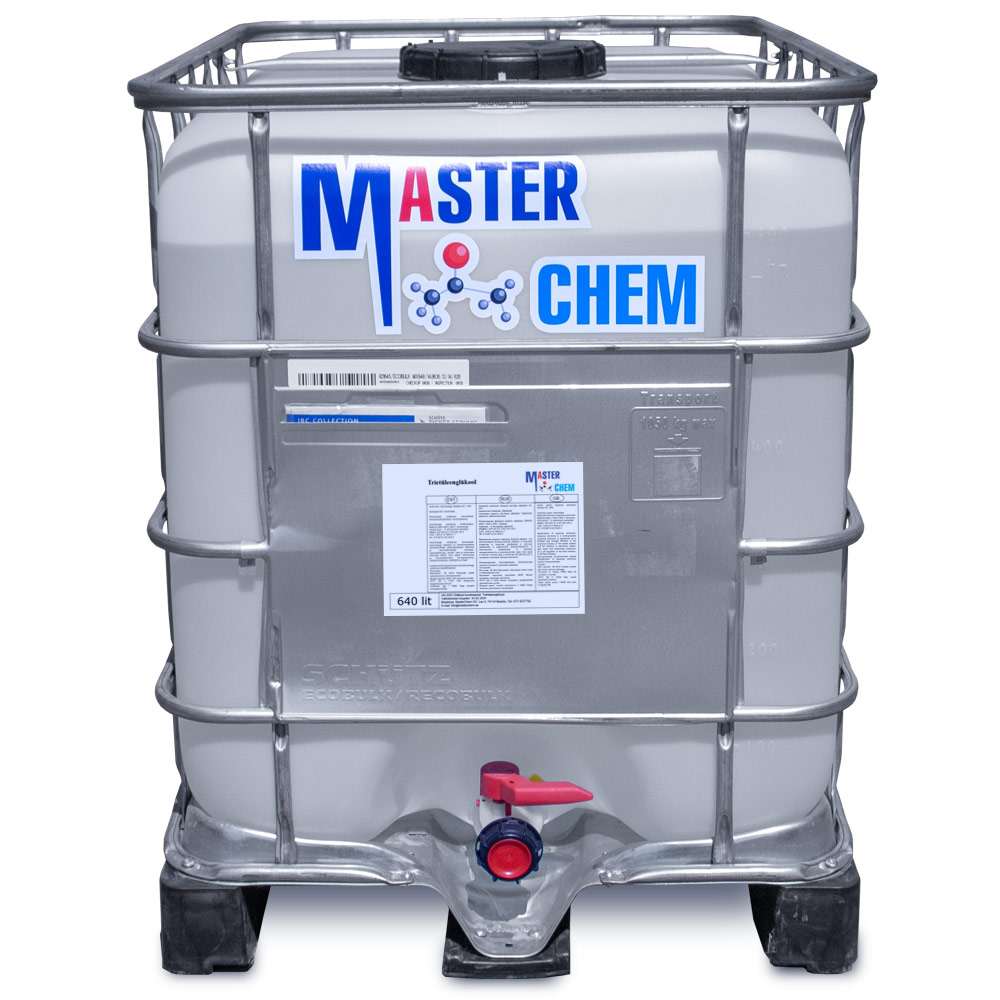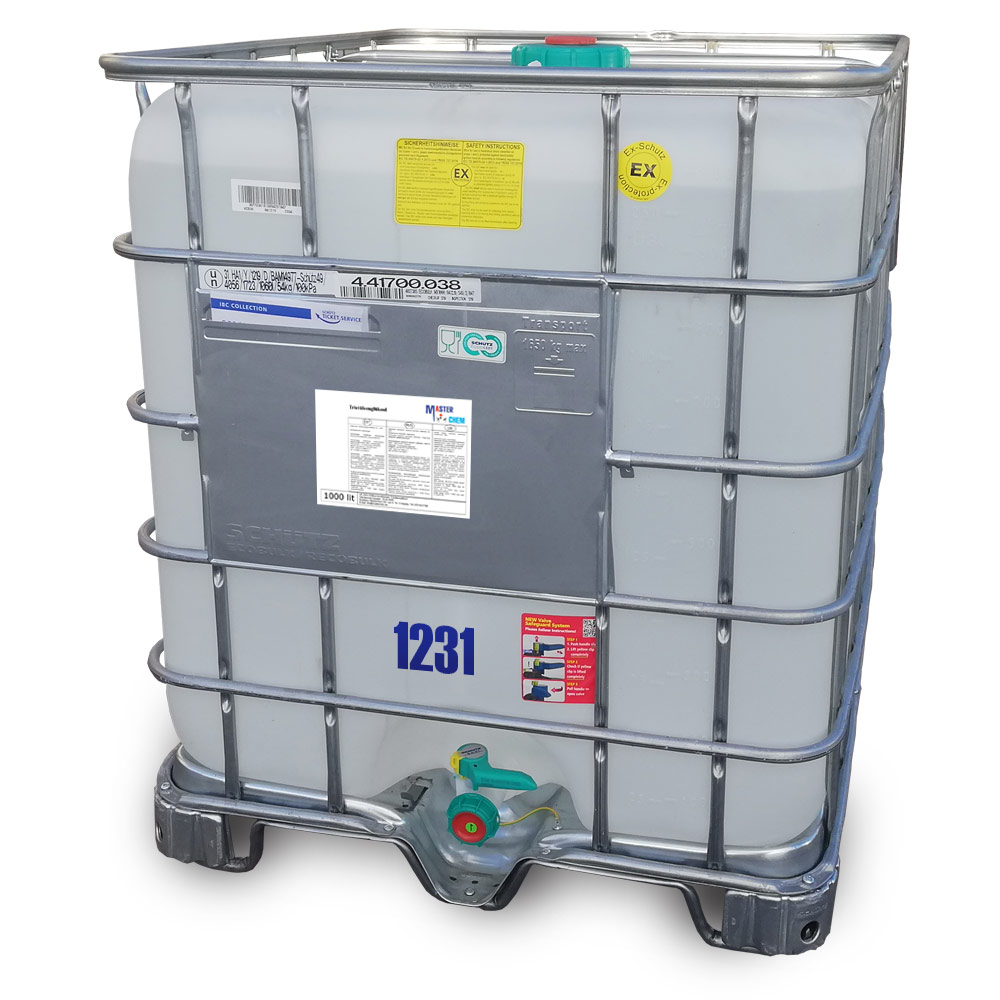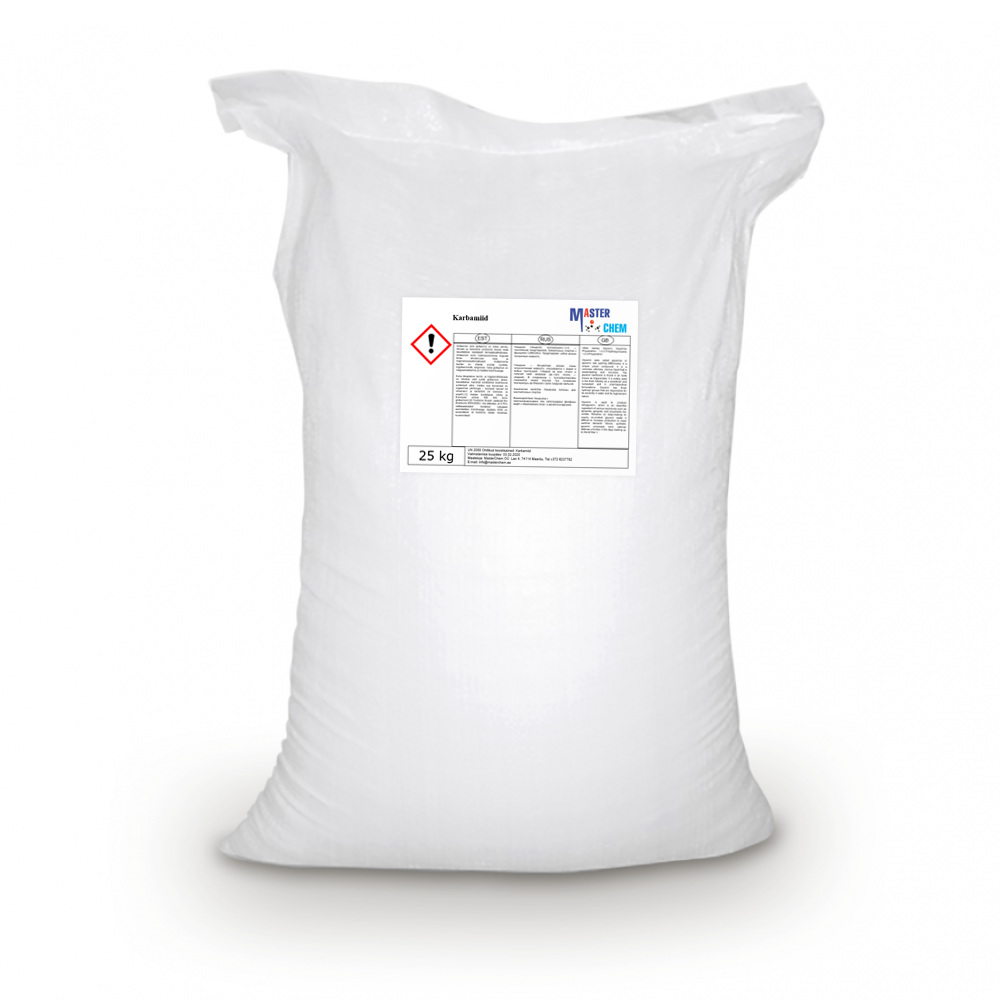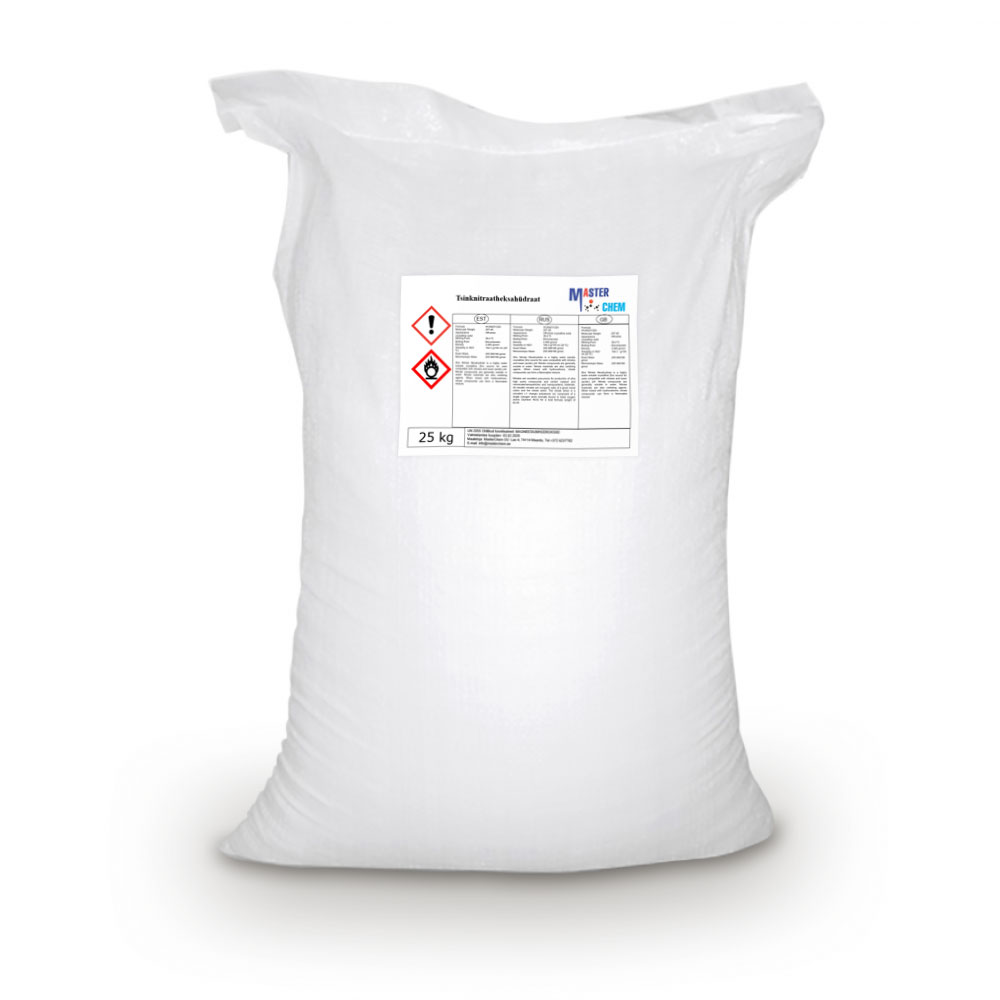Currently Empty: €0.00
Triclosan (CAS 3380-34-5)
Triclosan (CAS 3380-34-5)
Triclosan (sometimes abbreviated as TCS) is an antibacterial and antifungal agent present in some consumer products, including toothpaste, soaps, detergents, toys, and surgical cleaning treatments. It is similar in its uses and mechanism of action to triclocarban. Its efficacy as an antimicrobial agent, the risk of antimicrobial resistance, and its possible role in disrupted hormonal development remains controversial. Additional research seeks to understand its potential effects on organisms and environmental health.
Triethanolamine (CAS 102-71-6)
Other names: 2,2′,2”-Nitrilotriethanol, Tris(2-hydroxyethyl)amine, Triethylolamine, 2,2′,2″-Trihydroxytriethylamine, Trolamine, TEA, TEOA
Triethanolamine aka Trolamine (abbr. as TEOA to distinguish it from TEA which is for triethylamine) is a viscous organic compound that is both a tertiary amine and a triol. A triol is a molecule with three alcohol groups. Triethanolamine is a strong base.[3] Approximately 150,000 tonnes were produced in 1999.[4] It is a colourless compound although samples may appear yellow because of impurities.
CAS: 102-71-6
Triethylene glycol (CAS 112-27-6)
Triethylene glycol (CAS 112-27-6)
Triethylene glycol, TEG, or triglycol is a colorless odorless viscous liquid with molecular formula HOCH2CH2OCH2CH2OCH2CH2OH. It is used as a plasticizer for vinyl polymers. It is also used in air sanitizer products, such as “Oust” or “Clean and Pure”. When aerosolized it acts as a disinfectant. Glycols are also used as liquid desiccants for natural gas and in air conditioning systems. It is an additive for hydraulic fluids and brake fluids and is used as a base for “smoke machine” fluid in the entertainment industry.
Triethylene glycol is a member of a homologous series of dihydroxy alcohols. It is a colorless, odorless and stable liquid with high viscosity and a high boiling point. Apart from its use as a raw material in the manufacture and synthesis of other products, TEG is known for its hygroscopic quality and its ability to dehumidify fluids. This liquid is miscible with water, and at standard atmospheric pressure (101.325 kPa) has a boiling point of 286.5 °C and a freezing point of -7 °C. It is also soluble in ethanol, acetone, acetic acid, glycerine, pyridine, aldehydes; slightly soluble in diethyl ether; and insoluble in oil, fat and most hydrocarbons.
Urea (CAS 57-13-6)
Urea (CAS 57-13-6)
Urea, also known as carbamide, is an organic compound with chemical formula CO(NH2)2. This amide has two –NH2 groups joined by a carbonyl (C=O) functional group.
Urea serves an important role in the metabolism of nitrogen-containing compounds by animals and is the main nitrogen-containing substance in the urine of mammals. It is a colorless, odorless solid, highly soluble in water, and practically non-toxic (LD50 is 15 g/kg for rats).[6] Dissolved in water, it is neither acidic nor alkaline. The body uses it in many processes, most notably nitrogen excretion. The liver forms it by combining two ammonia molecules (NH3) with a carbon dioxide (CO2) molecule in the urea cycle. Urea is widely used in fertilizers as a source of nitrogen (N) and is an important raw material for the chemical industry.
Friedrich Wöhler discovered that urea can be produced from inorganic starting materials, which was an important conceptual milestone in chemistry in 1828. It showed for the first time that a substance previously known only as a byproduct of life could be synthesized in the laboratory without biological starting materials, thereby contradicting the widely held doctrine of vitalism, which stated that only living things could produce the chemicals of life.
Xanthan gum (CAS 11138-66-2)
Xanthan gum (CAS 11138-66-2)
Xanthan gum (/ˈzænθən/) is a polysaccharide with many industrial uses, including as a common food additive. It is an effective thickening agent and stabilizer to prevent ingredients from separating. It can be produced from simple sugars using a fermentation process, and derives its name from the species of bacteria used, Xanthomonas campestris.
Zinc nitrate hexahydrate (CAS 10196-18-6)
Zinc nitrate hexahydrate (CAS 10196-18-6)
Zinc Nitrate Hexahydrate is a highly water soluble crystalline Zinc source for uses compatible with nitrates and lower (acidic) pH. Nitrate compounds are generally soluble in water. Nitrate materials are also oxidizing agents. When mixed with hydrocarbons, nitrate compounds can form a flammable mixture. Nitrates are excellent precursors for production of ultra high purity compounds and certain catalyst and nanoscale(nanoparticles and nanopowders) materials. All metallic nitrates are inorganic salts of a given metal cation and the nitrate anion. The nitrate anion is a univalent (-1 charge) polyatomic ion composed of a single nitrogen atom ionically bound to three oxygen atoms (Symbol: NO3) for a total formula weight of 62.05.

